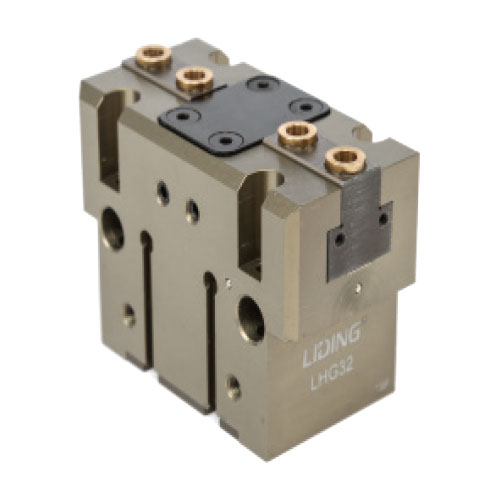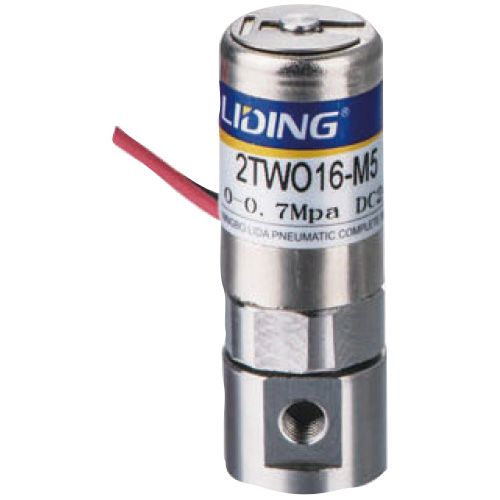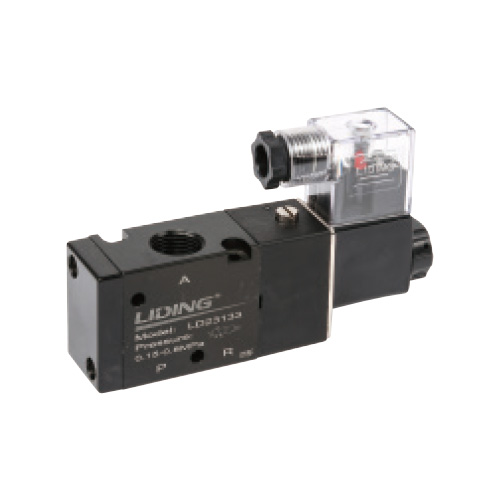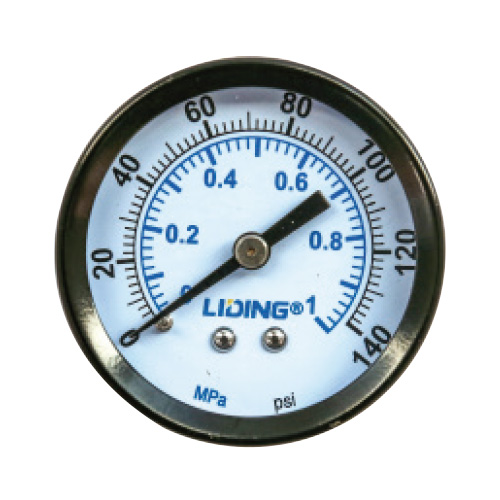Pneumatic control solenoid valve and electric control solenoid valve have more advantages
Electric valves usually consist of electric actuators a […]
Electric valves usually consist of electric actuators and valves. To put it simply, the editor of Power Transmission Exhibition is to use an electric actuator to control the valve to realize the opening and closing of the valve. It can be divided into upper and lower parts, the upper part is the electric actuator, and the lower part is the valve. The electric valve uses electric energy as power to drive the valve through an electric actuator to realize the switching action of the valve, so as to achieve the purpose of switching the pipeline medium.
Pneumatic valves are valves driven by compressed air. The compressed air is used to push the multiple sets of combined pneumatic pistons in the actuator to move, and the force is transmitted to the crossbeam and the characteristics of the inner curve track to drive the hollow spindle to rotate. The compressed air disk is sent to each cylinder, and the air inlet and outlet positions are changed to change the spindle rotation. Direction, according to the requirements of the load (valve) rotation torque, the cylinder combination can be adjusted to drive the load (valve) to work. The two-position five-way solenoid valve is usually used in conjunction with a double-acting pneumatic actuator. The two positions are controllable in two positions: on-off. The five-way valve has five channels for ventilation, of which one is connected to the air source, and two are connected to the double The inlet and outlet ports of the outer chamber of the acting cylinder are connected, and the two are connected with the inlet and outlet ports of the inner chamber. The specific working principle can refer to the working principle of the double-acting pneumatic actuator. As there are more and more control methods and means, there are also many methods used to control pneumatic actuators in actual industrial life and industrial control. Pneumatic valves can be used to control the flow of various types of fluids such as air, water, steam, various corrosive media, mud, oil, liquid metal, and radioactive media.
The advantages of electric and pneumatic valves:
1. Pneumatic valve has good effect on gas medium and small pipe diameter liquid, low cost and convenient maintenance. Disadvantages: Affected by air pressure fluctuations, it is easy to be affected by water in air pressure in the northern winter, causing the transmission part to freeze and not move. Generally, pneumatic is faster than electric, and electric ones are dual-purpose flashlights. Pneumatics are generally more expensive if they are both hand-operated and pneumatic without pneumatic drive;
2. The electric valve has a good effect on liquid medium and large-diameter gas, and is not affected by the weather. Not affected by air pressure. Disadvantages: high cost, not good in humid environment;
3. The action of electric valve is slow, and there are not many brands of electric valve that can achieve explosion-proof; the action of pneumatic valve is fast, and the price of explosion-proof is relatively lower than electric;
4. The electric actuator of the electric valve will jam for a long time, while the pneumatic valve has a fast switching speed and high precision, but it needs a stable air source.
Compared with each other, the pneumatic control valve is more advantageous.








